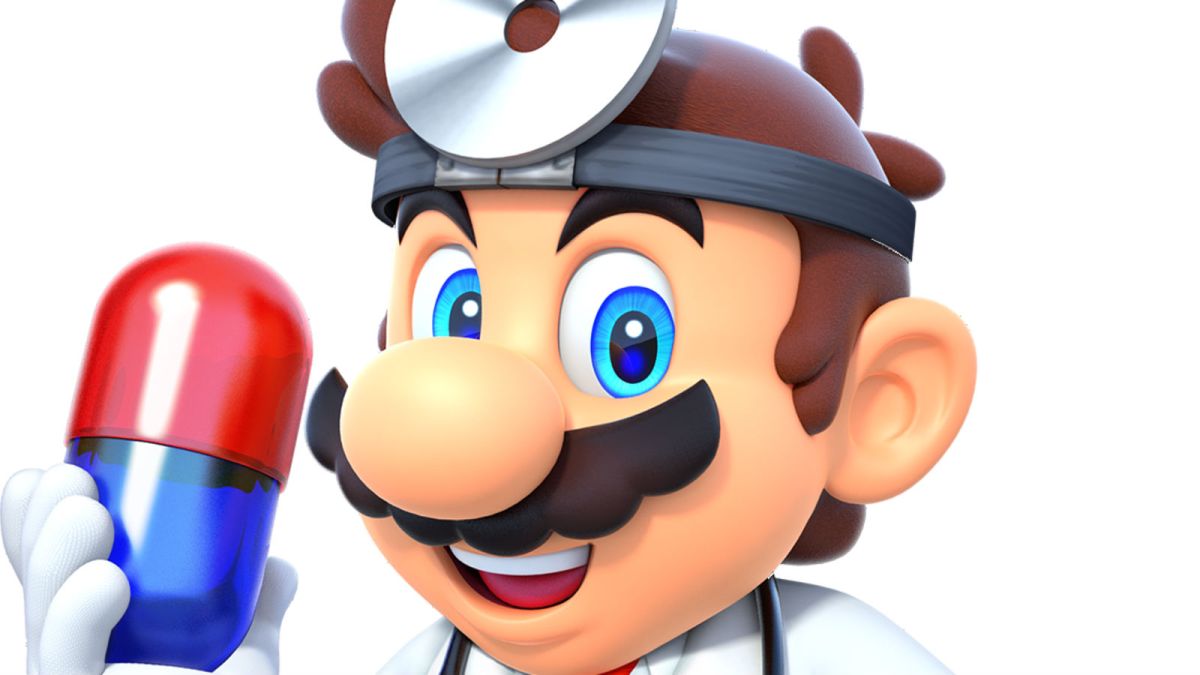Dr. Feelgood microtransactions
The more I heard about Dr. Mario World the more I wanted in. The idea of multiple characters from the Mario-verse donning doctor outfits beyond the scope of just Mario and Luigi was a sight to behold: I mean Bowser in a coat helping cure the kingdom of viruses?! It’s so absurd it works.
It’s also obvious now why they left out details regarding the monetization strategy leading up to launch.

Dr. Mario World (Android, iOS [reviewed]
Developer: Nintendo, LINE, NHN Development
Publisher: Nintendo
Released: July 10, 2019
MSRP: Free-to-Play w/ microtransactions
There’s two elements afoot in Dr. Mario World: the single-player quest directly linked to multiple microtransactions (power-ups and energy, where you can pay money or use Facebook/LINE connect chicanery to play), and the multiplayer element that’s devoid of most of that. Let’s start with the former.
The idea of a level-based Dr. Mario game is easy to accept, especially since the series evolved past the “match” concept and into more deliberate puzzles over time. In World, you get a certain amount of pills to “solve” each puzzle, which have set virus locations and colors. By matching pills to viruses (in a literal match-three fashion) you clear them out: so long as you don’t dip past your allotment of pills you’re good, and are rewarded for being thrifty with a typical mobile three-star system.
Pills drift up, contrary to most Tetris-likes, and the game allows you to manipulate multiple pills to form your own combos. It’s a joy to reach your Matrix moment and “set and forget” multiple pills as you divine a perfect solve, and the game gives you a ton of control with the precision-based touch system; which is way better than you’d think. When you start adding unique objects like shells into the mix (which blow up entire lines) and character-specific specials (that clear rows/columns and the like), it gets exciting. Time-sensitive nail-biting challenge levels also do some really great things with the Dr. Mario formula that I’d like to see more of in a real release (if we ever get one of those again)
This loop is fun at first. Maybe it’s because you didn’t really notice the energy/heart meter at the top left of the screen and hope that Nintendo didn’t implement it. Nope, it kicks in after the first 20 levels, which serve as a tutorial: after that it becomes a “wait and play” or “pay to play” affair as you sacrifice hearts to some of the later tougher levels. The heart timer is 30 minutes, and it costs 30 gems to get “unlimited” 60 minute sessions. Gems come in intervals of 20 and 50 (then 100, 200, and so on up to $69.99 bundles), so you can’t just buy hearts for 30 gems outright. Using the lowest currency purchase as a constant, it costs three dollars per hour for unlimited play.
“Daily bonus” style incentives for freemium currency (gold) are also in, as well as “you failed, but you can pay money to try again at the end with upgrades ” transactions. If, at any point, you pause the app, you’ll need to spend five to 10 seconds re-connecting to the online servers to play it. Oh, and they threw in a gacha system just for the heck of it (for random character and “helper” rewards) with pulls for a high amount of freemium currency (4000 coins) or premium gems (40, or roughly $4 per pull).
I’ve been playing mobile games consistently since Flight Control in 2009; so you could say I’ve had many encounters with energy systems and the like. The situation is definitely case-by-case, nuanced, and depending on the game the juice can absolutely be worth the squeeze. But seeing cute Mario characters reduced to this, with all of the psychological tricks in the book thrown in, is depressing. Just energy, just “you can finish this hard level if you pay,” or just gacha would have been a lot as it is.
There is a saving grace though: when you reach level 20 you can play multiplayer, which is a separate mode. Seemingly scared of being accused of pay-to-win mechanics (though they may as well went for it given the above), Dr. Mario World is mostly devoid of microtransaction influence, outside of the character roster you can bring in from the campaign.
It does have direct play and online matchmaking, and you can play as much as you want (imagine that). It’s fun! Obviously the catch is that after a while you’ll want to play with other characters and get sucked into the wide world of payment methods, but I’m perfectly content messing around with Bowser for the time being and callously clicking that “matchmake” button.
It’s a shame Nintendo cut and ran with microtransactions after one misstep — their first, no less — in the mobile market. Super Mario Run‘s “buy the entire game” concept likely would have worked at a different pricepoint, or perhaps it was worth experimenting further instead of hitching their wagon to one of many runners in an already-bloated runner market. Instead we now have energy meters and gacha-gambling in nearly every mobile release; an extreme 180 compared to the original strategy. Dr. Mario World had plenty of potential to be added to my list of regular mobile games, but I literally can’t play it as often as I’d like for that to happen.
[This review is based on a retail version of the free-to-play game.]





Published: Jul 14, 2019 07:00 am